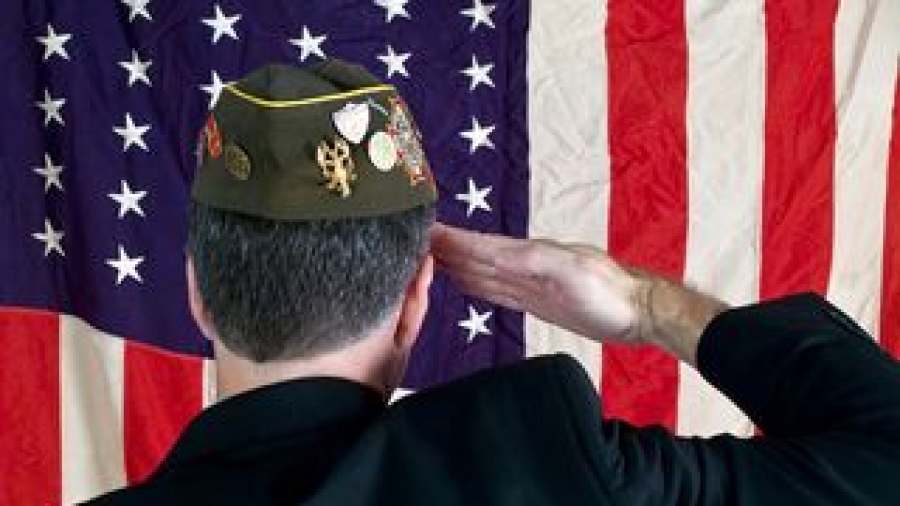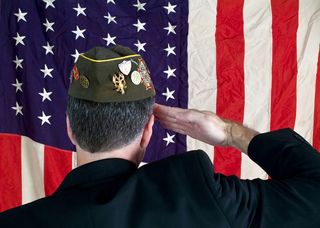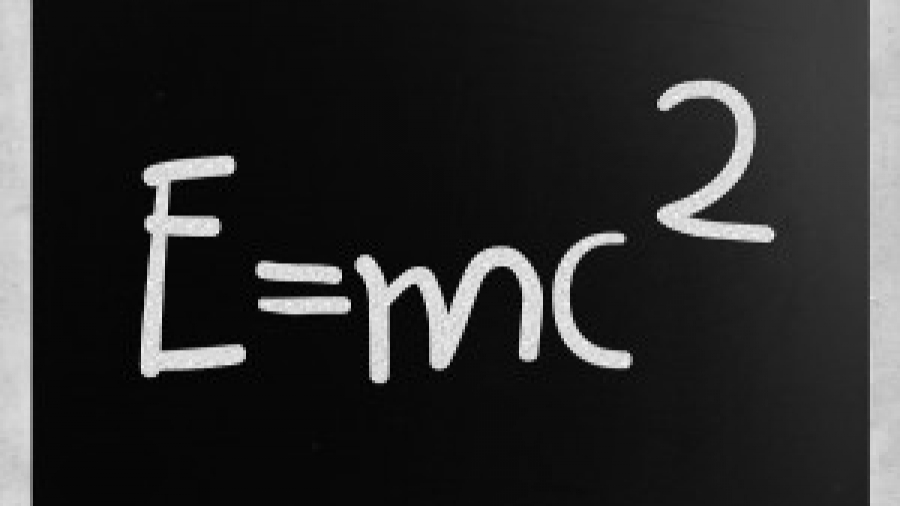Receiving an inheritance can be bittersweet for various reasons. First, you are probably sad the person died. You are also probably happy to be receiving money you need or maybe just want. This windfall, however, can terminate your VA Improved Pension benefits, to include aid and attendance.
 Wartime veterans are entitled to receive Improved Pension benefits if they are disabled (with non-service-connected disabilities), if they served at least 90 days on active duty, with one of those days during a period of war, and if they have limited income and assets.
Wartime veterans are entitled to receive Improved Pension benefits if they are disabled (with non-service-connected disabilities), if they served at least 90 days on active duty, with one of those days during a period of war, and if they have limited income and assets.
An inheritance is considered “income” when received. The income is then annualized over twelve months. For example, an inheritance of $100,000 is received on February 25, 2014. The income is considered as income for VA purposes from that date through February 24, 2015. How does this affect the pension with aid and attendance?
Assume that the wartime veteran, who is 80 years old and living in an assisted living facility because he needs assistance with at least two activities of daily living, is receiving the maximum VA Improved Pension award for an unmarried veteran of $21,107 per year ($1,758 per month). Because the VA pension program is a means-tested benefit, the veteran’s income cannot exceed the maximum annual pension rate, which is $21,107 per year. Thus, the receipt of $100,000 of inheritance, when treated as income, exceeds the $21,107 per year and may cause the benefits to be terminated.
Is there a way to maintain the VA benefit even when receiving an inheritance? Yes, but only if the veteran’s annual income, to include the inherited funds, is reduced based on deductible medical expenses. When considering income for VA purposes, the VA must deduct all recurring, out-of-pocket medical expenses from the gross income received.
To stick with the example above, the 80-year-old veteran receives annual Social Security of $13,200 and no other income. Adding $13,200 to the $100,000 inheritance would total income equaling $113,200 for a twelve month period. During that same period, the veteran pays $7,500 per month for assisted living costs and another $2,000 per month for home health care because he is a fall risk and wanders at night. Thus, his monthly recurring, deductible medical expenses are $9,500 per month, which equals $114,000 per year. When subtracting the medical expenses from income, $113,200 (income) minus $114,000 (medical expenses), the veteran has negative annual income, and thus would continue to receive his VA pension with aid and attendance at the maximum rate.
Therefore, when a client receives an inheritance, know that it does not automatically disqualify him for the pension, but it may require offsetting medical deductions.
Lastly, if the inheritance will cause termination or reduction of benefits, can the veteran disclaim the inheritance so that it passes to someone else? For VA Improved Pension purposes, the answer is NO. Even if the veteran disclaims the inheritance, the veteran has the duty to notify the VA of his right to receive the inheritance. The VA will count the “expected” inheritance as income even if the veteran never personally receives the money or asset. Thus, disclaiming is not a viable option.
Victoria L. Collier is a Veteran and Certified Elder Law Attorney, Fellow of the National Academy of Elder Law Attorneys, Co-Founder of Lawyers With Purpose LLC, and author of “47 Secret Veterans’ Benefits for Seniors—Benefits You Have Earned … but Don’t Know About.”




















